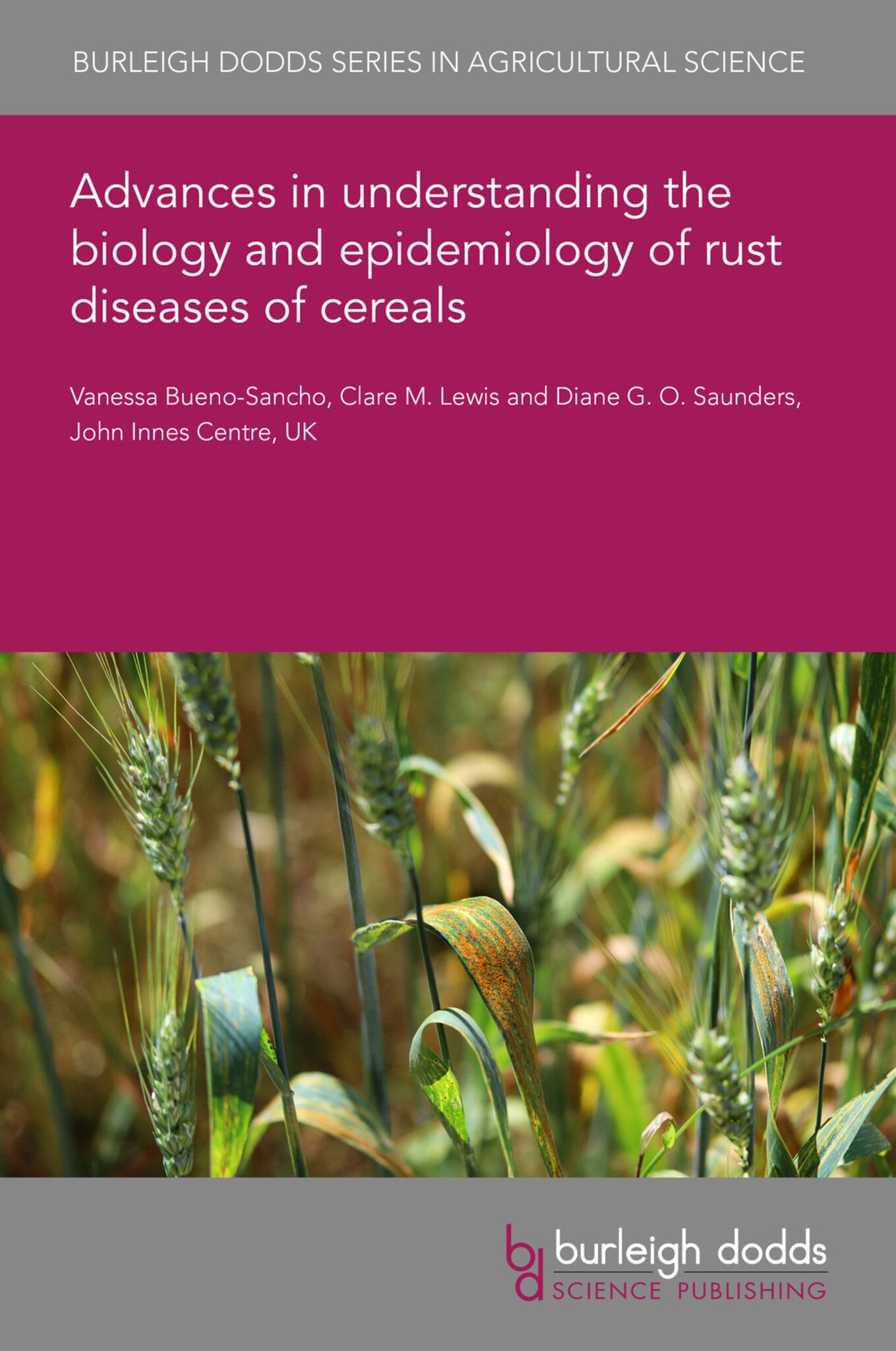We're sorry. An error has occurred
Please cancel or retry.
Advances in understanding the biology and epidemiology of rust diseases of cereals

Some error occured while loading the Quick View. Please close the Quick View and try reloading the page.
Couldn't load pickup availability
- Format:
-
18 October 2021


TECHNOLOGY & ENGINEERING / Agriculture / Agronomy / Crop Science, Agronomy and crop production, TECHNOLOGY & ENGINEERING / Agriculture / Sustainable Agriculture, TECHNOLOGY & ENGINEERING / Pest Control, Sustainable agriculture, Pest control / plant diseases

1 Introduction 2 The wheat rust pathogen lifecycle 3 Epidemiology of the wheat rust pathogens 4 Developing integrated disease forecasting for wheat rusts 5 Mechanisms of wheat rust control 6 Studying wheat rust pathogens in the genomic era 7 Case study: field pathogenomics 8 Conclusion and future trends 9 Where to look for further information 10 Acknowledgements 11 References



